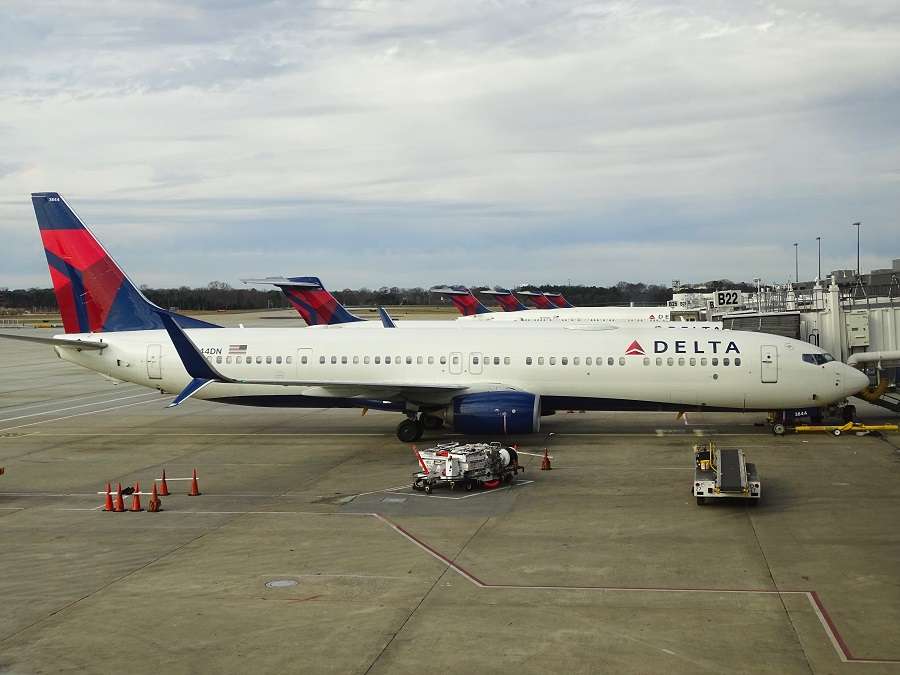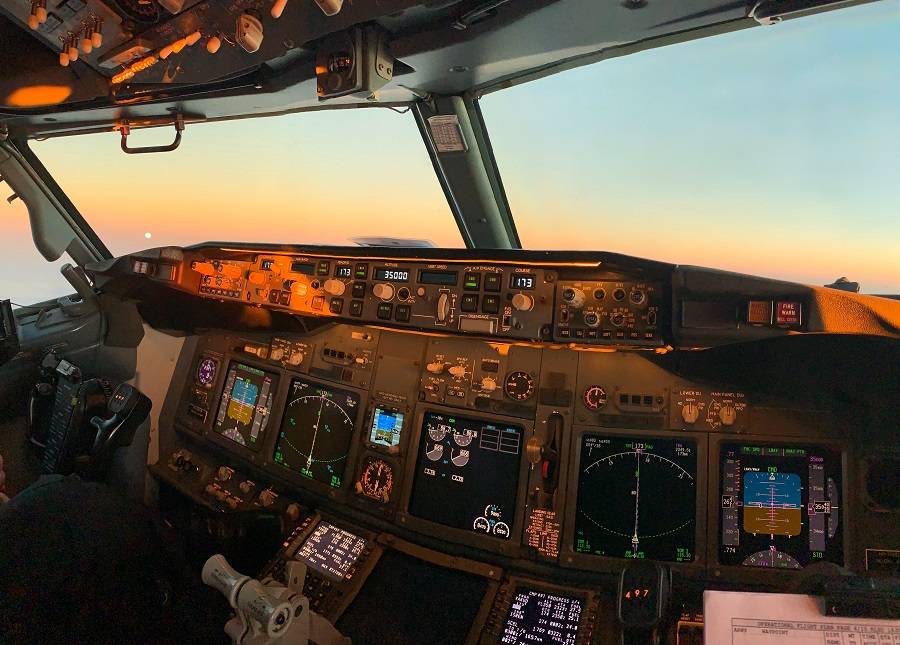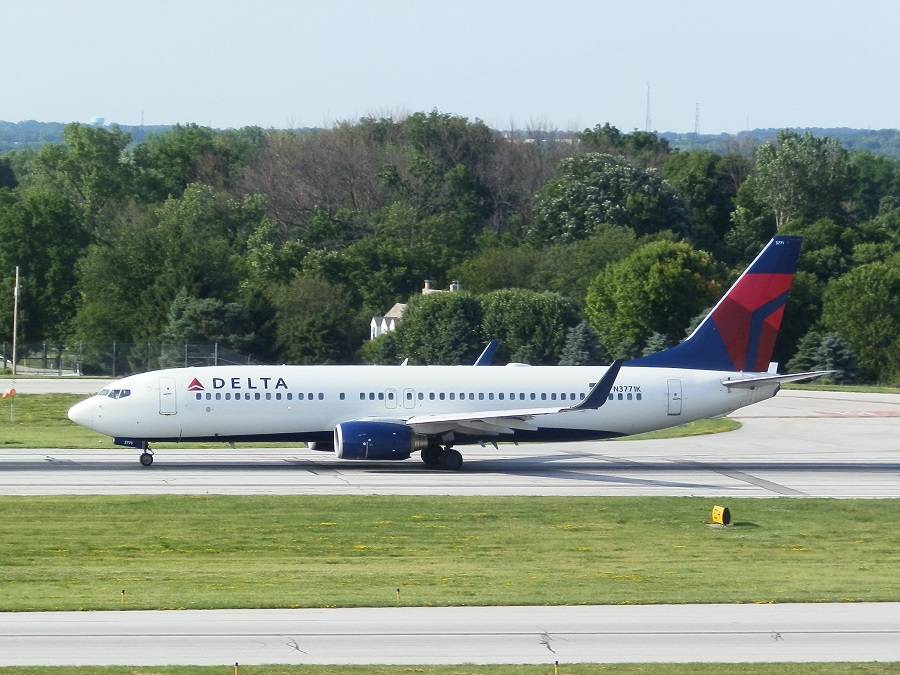A Delta Air Lines Boeing 737-900 had to return to Kansas shortly after departure, because the Captain’s instrumentation wasn’t working properly.
The incident happened on the 20th of April. The aircraft was performing flight DL-9950, from Kansas City (KMCI) to Atlanta (KATL). This was a positioning flight for the Delta 737, so the only occupants were the two pilots. The aircraft departed from runway 01L, taking off at 13:29 local time. However the crew soon requested to stop the climb at 10,000 feet.

The Delta 737 crew initially advised air traffic control that they had an airspeed indicator problem. But they soon added that “the Captain’s instruments are all bad”. The crew switched controls, with the First Officer flying, since his instruments appeared to work reliably. However there was still some switching left to do…
The ATC controller soon advised the Delta 737 crew that the flight’s altitude did not appear on his display. The crew then responded that they’re switching the data source for the transponder to the second pitot system. ATC subsequently reported that the aircraft’s altitude now read correctly. Perhaps it’s worth noting that the Delta 737 in the incident appeared to level off at 9,725 feet, not 10,000. However this may be a separate issue.

A Clue For The Delta 737’s Troubles
During their exchanges with ATC, the Delta 737 crew mentioned that this was the first flight that this aircraft made, after being in storage for several months. Data from planespotters.net seems to confirm this. The aircraft is a Boeing 737-932ER registration N830DN, aged only 6.5 years old. Delta was its first and only user, since November 2014. And the aircraft entered storage over a year ago, as the crew said – specifically, on the 28th of March. The airline is rapidly ramping up operations, as we saw.
The Boeing 737 briefly entered a hold, before the Delta crew decided to return back to Kansas. The crew made an uneventful landing, back on runway 01L. The aircraft subsequently stayed on the ground for 18 hours. It repositioned to Atlanta the next morning, as flight DL9936, without further incident.

This event is indicative of possible issues that can arise when aircraft come out of storage after many months. But it also shows how aware crews like the one in this Delta 737 are, to these possibilities. Aircraft require a lot of attention when returning to service after storage, both from ground crew and pilots. Since the pitot-static system essentially works by measuring pressure, obstructions of any kind can have very adverse effects to it.
Since the incident and after the Delta 737 positioned to Atlanta, it has now performed eight incident-free revenue flights. As of this writing, it is flying its ninth.
Source: AvHerald



